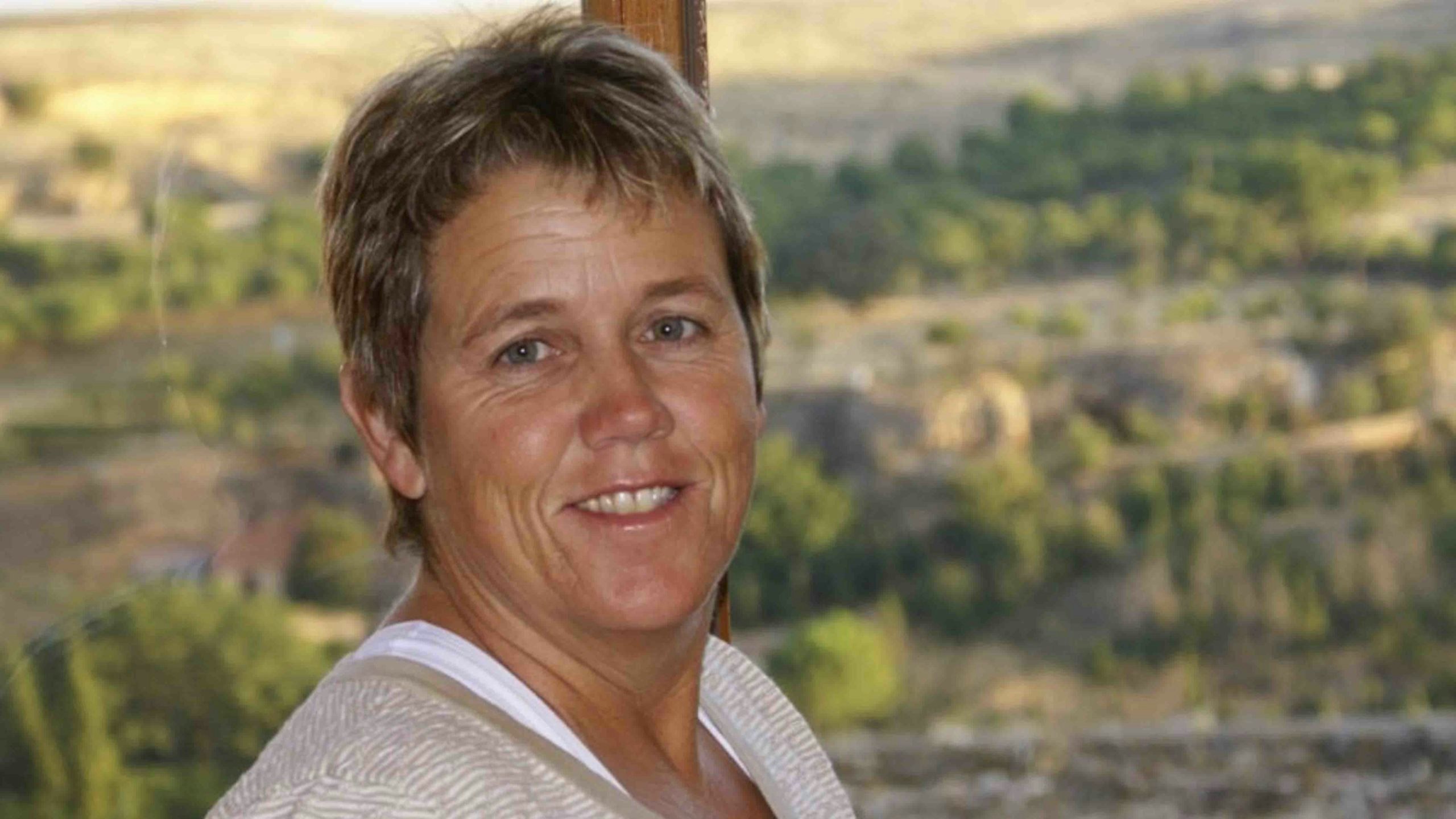Although much attention is paid to livestock losses from large carnivore attacks in Wyoming, information prepared by state wildlife officials indicates that the state is paying out nearly an equal amount for wildlife damage to cultivated crops. In Fiscal Year 2022, property owners were compensated $737,628 for livestock losses in Wyoming, and growers of cultivated crops were compensated $711,422.
Under state law, the Wyoming Game & Fish Department (WG&F) is required to compensate for property damages by big and trophy game and game birds.
Last year WG&F spent $2.8 million for its damage program, with $1.5 million spent paying claims, with the balance spent on prevention and handling of damage problems. Only twice in the last decade have state damage payments totaled less than $1 million.
The Wyoming Legislature provided a funding source to compensate property owners for damages by requiring a percentage of the fees collected from certain hunting license applications be set aside to maintain a compensation fund.
WG&F has prepared a 10-year statewide damage summary for next week’s meeting of the Wyoming Legislature’s Joint Agriculture, State and Public Lands and Water Resources committee meeting in Pinedale.
The summary is well worth a read for anyone interested in the state’s damage compensation program and how it works. When the legislative committee meets next week, it will consider a draft bill to authorize compensation to landowners and lessees for lost forage due to excessive big game herd sizes.
In none of the last 10 years has WG&F paid the total amount claimed by property owners. For example, in fiscal year 2022, the agency paid $1.5 million for claims totaling more than $1.8 million.
In FY2022, the agency paid $418,000 for damages by grizzly bears and $401,285 for elk damage. The agency paid more for damage done by white-tailed deer ($258,999) than damages by gray wolves ($226,298).

The agency’s review provides insights on the types of damages for which claims were paid last year, such as:
• WG&F paid nearly as much for damage to cultivated crops as it did for livestock losses.
• Compensation for damage to cultivated crops rose from about $183,000 in 2016 to more than $711,000 in 2022.
• Most of the damage attributed to pronghorn antelope was to alfalfa, in contrast to mule deer damage which is primarily to corn crops. But white-tailed deer caused far more damage, costing the agency nearly $260,000 last year, with most damage to corn crops.
• About half of the elk damage was to alfalfa, while 24% was for damage to native/grass hay, and 22% was to corn crops.
• Moose damage was primarily to native/grass hay and totaled less than $9,000.
• Black bear damage payments totaled about $44,000, with 40% of losses to sheep, 35% to cattle, and 24% to bees, hives and honey.
• Nearly all the $64,000 compensation for mountain lion damage was for attacks on domestic sheep.
• Nearly 90% of $418,000 in grizzly damage compensation was for attacks on cattle.
• WG&F paid $226,298 for damage claims due to gray wolves, with 69% of that amount for cattle damage and 23% for sheep losses. The agency paid $12,500 for wolf attacks on horses, and $7,500 for livestock guardian dogs killed by wolves.
WG&F regions experience different levels of damage, with the Cody region towering above the rest of the state in higher damages last year, with the value of its claims paid accounting for 37% of the statewide total, followed by Casper with 17%, Laramie with 15%, and Pinedale with 14%. The rest of the state had single-digit percentages.
Wolf damages accounted for the largest percentage of damages in the Jackson region, but it was grizzly bears in the Cody, Pinedale and Lander regions, elk in the Casper, Sheridan and Laramie regions, and black bears in the Green River region.
In FY2022, the species responsible for the highest damage payments in a herd unit were:
Gray wolf: Hunt Area 12 (Alpine) with damages of $58K
Antelope: Sublette with damages of $8K
Moose: Sublette with damages of $4K
White-tailed deer: Bighorn Basin with damages of $131K
Mule deer: North Bighorn with damages of $14K
Elk: Laramie Peak with damages of $130K
Black bear: Bighorns with damages of $15K
Grizzly bear: Areas outside grizzly monitoring zone with damages of $166K
Mountain lion: North Central with damages of $38K

In related news, when the Wyoming Game & Fish Commission meets in Gillette on Sept. 12 & 13th, the commission is set to consider changes to its regulations regarding using a multiplier to compensation for yearling cattle losses to black bears, grizzly bears, or mountain lions in portions of the state occupied by grizzly bears. Multipliers are only used when damage by a trophy game animal is confirmed and other livestock is missing. Even when a multiplier is used, the agency does not provide compensation for more than the total known death loss, unless the number of losses from other known causes is subtracted.
The proposal to use a multiplier of 2 for yearling cattle confirmed as killed by trophy game animals effectively doubles the amount of compensation livestock producers will receive for losses for yearlings over the amount paid two years ago. The agency is taking the action based on WG&F research examining yearling cattle losses in Sublette County’s Upper Green in 2022, which indicated that losses ranged from 1.28 to 2.69, with an average multiplier of 1.79 for every yearling damaged.
Similar research on calf depredations in the Cody area led a discussion at the Commission’s January 2022 meeting of yearling cattle losses and to the Commission’s adoption of a 1.25 multiplier for yearlings last fall. In 2021, grizzly bears were confirmed to have killed two cows, 50 calves, and 18 yearlings in the Upper Green.
A memo to the WG&F Commission notes, “Research conducted by the Department supports an increase from the current 1.25:1 multiplier for yearling livestock in occupied grizzly bear areas. In light of this research, the Department modified section 3 of the draft regulation to include a 2:1 multiplier for confirmed damage to yearling livestock.”
Although WG&F publicized its proposal and held meetings around the state to accept public comment, only three comments were received (all supportive), suggesting that the proposal didn’t cause any major heartburn. Livestock producers will be pleased with the Commission’s action to more fairly compensate producers for livestock losses to trophy game animals.
Cat Urbigkit is an author and rancher who lives on the range in Sublette County, Wyoming. Her column, Range Writing, appears weekly in Cowboy State Daily.





